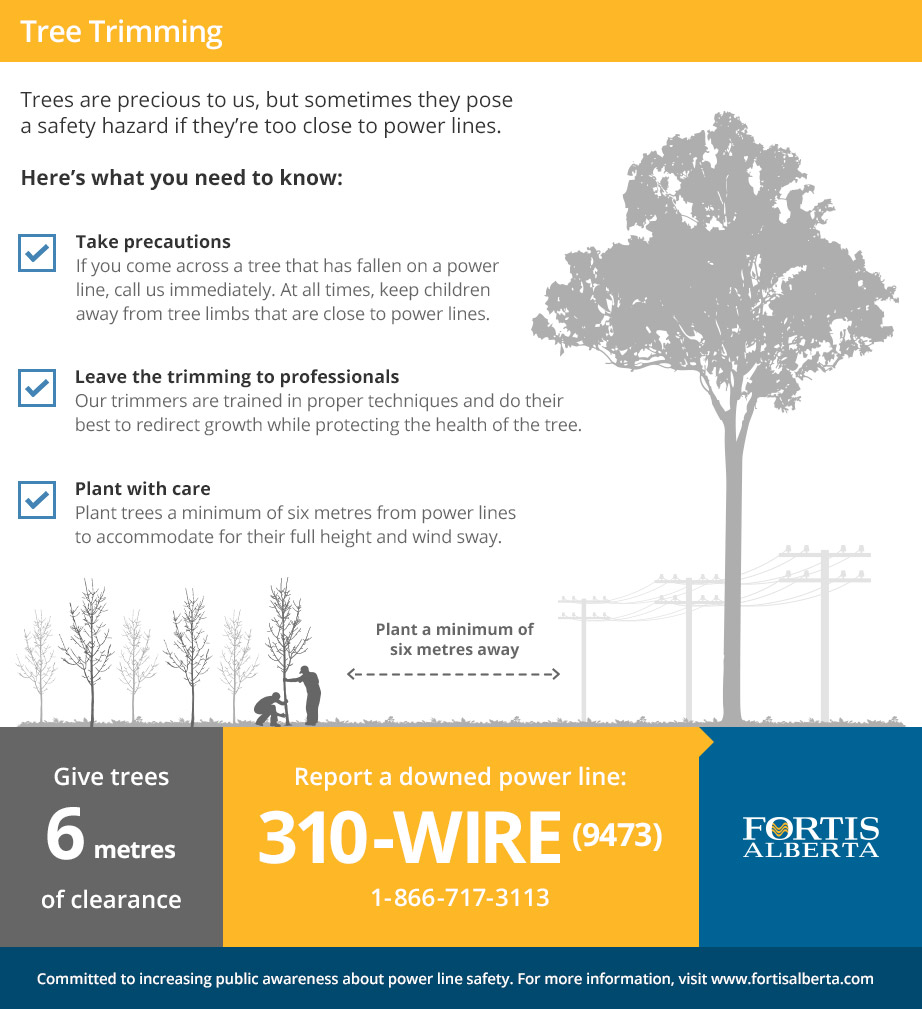Watch For Necessary Indications That Show Your Tree May Be A Risk; Identifying These Can Assist Secure Your Building And Those You Care About.What Should You Keep An Eye On Following?
Watch For Necessary Indications That Show Your Tree May Be A Risk; Identifying These Can Assist Secure Your Building And Those You Care About.What Should You Keep An Eye On Following?
Blog Article
Article Developed By-Vogel Cormier
When it comes to tree care, acknowledging the signs that it's time for removal is vital for your safety and security and residential property. You might notice stained fallen leaves, wilting branches, or weird fungal developments indicating illness. Architectural problems, like a substantial lean or fractures in the trunk, can likewise position dangers. Recognizing these warning signs can help you make informed decisions concerning your trees and protect against potential hazards hiding in your yard. What should you try to find next?
Signs of Decay and Condition
When you observe signs of decay and illness in your trees, it's important to act rapidly. Try to find discolored fallen leaves, wilting branches, or uncommon developments like fungus. These can show that your tree is battling.
If you see splits in the bark or soft, mushy wood, these symptoms suggest internal decay. Additionally, an abrupt increase in parasites around your tree can indicate that it's weakened and vulnerable.
Check for any type of dead or dying limbs, as they present a threat to your residential or commercial property and safety. If you're uncertain regarding what you see, seeking advice from an arborist can give clearness.
Addressing these signs early can conserve you from much more considerable damage and make sure the wellness of your yard. Do not wait till it's too late.
Structural Instability and Leaning
As you observe your trees, keep an eye out for any indicators of architectural instability or leaning. If a tree leans considerably, it may show that the origin system is jeopardized.
Search for any type of splits in the trunk or soil around the base; these can indicate potential failing. In Trimming An Apple Tree , check for unusual development patterns, like an unbalanced crown, which may suggest that the tree is having a hard time to hold itself upright.
If you discover that the tree favors your home, power lines, or various other frameworks, it presents a better danger. Don't disregard these signs-- speak with an arborist to evaluate the scenario.
Taking action early can prevent pricey damages and ensure your safety.
Dead or Perishing Branches and Vegetation
If you see dead or dying branches and vegetation on your tree, it's a clear indication that something's incorrect.
Tree Removal Services can show underlying concerns like illness, insect infestations, or environmental anxiety. When branches lose their fallen leaves or transform brownish, they're no more adding to the tree's health. Overlooking these indicators could lead to more decline, making your tree extra hazardous.
Dead branches can easily break off during tornados, positioning a threat to property and people close by. It's crucial to examine the extent of the damage.
If the issue influences a significant part of the tree, think about seeking advice from a specialist. They can assist identify if elimination is required to make sure security and maintain the charm of your landscape.
Conclusion
If you notice any signs of decay, structural instability, or dead branches on your trees, do not neglect them. These signs can position severe safety and security threats to you and your building. It's constantly best to consult a specialist arborist that can give a professional analysis of your trees. Acting early can avoid mishaps and costly damage, ensuring your landscape remains secure and healthy and balanced. Bear in mind, it's better to be proactive regarding tree care than to wait on a catastrophe to happen.
